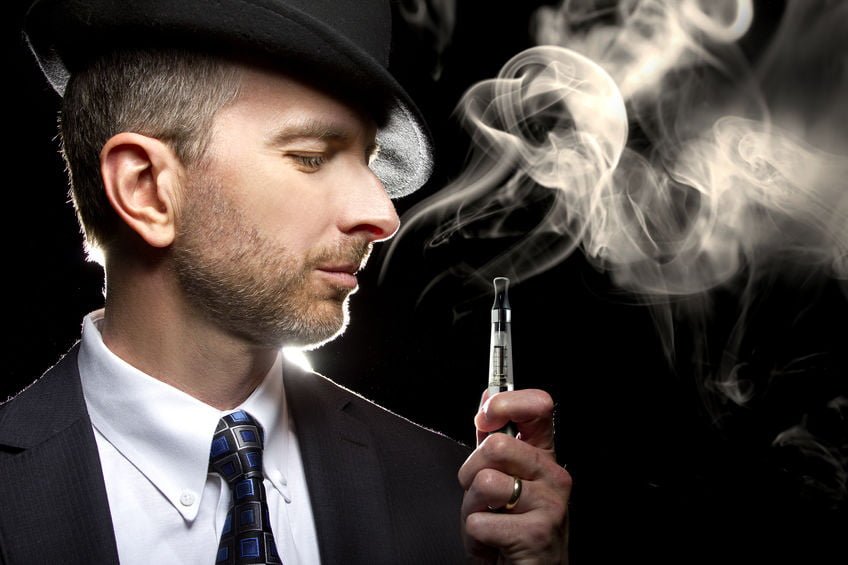
Looking for the best THC e-liquid United Kingdom has to offer? Learn more about the benefits of THC oil.
Everything You Need to Know About THC Oil
Tetrahydrocannabinol (THC), also referred to as delta9-tetrahydrocannabinol, is the primary cannabinoid responsible for the psychoactive effects of marijuana. It’s actually designed to prevent consumption of the plant and it’s used in the metabolism of cannabis. In order for THC to become active and produce effects in the human body, it must first be heated.
Hemp and cannabis plants have documented medicinal use that dates all the way back to the 16th century B.C. by the Egyptians. Later, it was used by the Greeks and Romans. In fact, a tomb in Israel was discovered with a THC-containing marijuana extract buried with a corpse of a young woman who died in childbearing. Those who uncovered the tomb determined that the THC oil was used to aid in the delivery of the child.
Present-day Application of THC Derivatives and Synthetics in Medicine
Cannabidiol or CBD, is the most widely accepted component of the cannabis plants that’s used for medicinal purposes. However, this does not mean that THC and artificial forms of THC cannot be used for healing purposes.
Some of the popular THC synthetics, such as Dronabinol, are used commonly for treating symptoms such as the loss of appetite, nausea, and vomiting in chemotherapy and AIDS patients – and not just for getting high. Furthermore, there is a marijuana extract called Nabiximols, that is a spray that’s been proven effective at alleviating signs of resilient multiple sclerosis.
How to Administer THC and its Mechanism of Action
Smoking. Vaping. Eating. When it comes to THC administration, there are several options on the table, all that come with their own considerations for elimination and absorption rates. Depending on the reason you choose to use THC, you might choose one route of administration over another.
Want the THC to kick in fast? Vaping THC causes efficient and fast absorption with a whopping two to fifty-six percent bioavailability of the THC and its metabolites. Hence why THC e-liquids have become such a popular option in United Kingdom. Twelve minutes after consumption, the blood reaches its peak THC levels.
Want your THC effects to creep up on you? By ingesting THC, serum levels go up at a slow and steady rate with a peak in THC blood levels coming in about one to two hours after ingestion. The bioavailability of edible THC treats is about six percent, and when consuming THC in this manner is subject to first-pass liver metabolism.
If you’re looking for a different way to consume THC, there are also skin, rectal, and sublingual routes of administration that are a bit less effective than either smoking or ingesting, but they can be more useful as they bypass the digestive system and undergo liver metabolism first. Metabolites from THC stay in the system for a longer period of time when these routes are used. If you are wanting to avoid the side-effects from smoke exposure and achieve extended results, you may want to consider these less-effective means of consumption.
As a fat-soluble ingredient, THC clings to lipid-rich tissues in the body such as the liver, brain, heart, and lungs. As such, brain levels of THC are usually higher than blood levels, and it can even be present in the brain when deficient in the blood. Chronic THC users may experience build up in the fat tissues of the body.
Health Advantages of Tetrahydrocannabinol
THC Helps Prevent Cardiovascular Illnesses
Despite the fact that cannabis use has historically been linked to other detrimental behaviors such as smoking, drug use, and a high-calorie diet, systematic studies have found that THC might help lessen the risk for cardiovascular disease.
THC Might Prevent Tumor Growth and Help Combat Cancer
Brain Cancer
Low life expectancy and few treatment options exist for glioblastoma multiforme, a type of brain cancer. However, THC provides hope because direct administration into the tumors associated with this type of cancer prevents the glioblastoma cell multiplication and can increase life expectancy by about six months on average. Furthermore, a cellular analysis shows that this THC effect is boosted by CBD.
Breast Cancer
Studies have been conducted on mice that shows low doses of THC (.5 mg/day) used to treat breast cancer showed substantial anti-tumor properties. In fact, the THC effectively decreased the number and shrunk the growth of overall blood vessels found in breast tumors.
Lung Cancer
Even though the negative effects of smoking THC were not completely ruled out, the use of THC without the use of cigarettes in conjunction did not promote the occurrence of lung cancer.
Prostate Cancer
In a prostate cancer diagnosis, it has not been made clear whether THC prevents or promotes cell growth.
THC Help With Nausea and Stimulates Appetite
Certain conditions that bring about muscle wasting and a reduction in appetites, such as HIV and cancer, THC and other cannabinoids have been found to help stimulate appetite and relieve cachexia.
THC Boosts Insulin Sensitivity
Research uncovered that the use of cannabis is associated with 16 percent lower fasting insulin levels in comparison to past cannabis users. When comparing this figure to individuals who never used cannabis, the THC users’ fasting insulin levels were 26 percent lower. This trend was also comparable for other insulin resistance metrics, concluding that THC boosts insulin sensitivity.